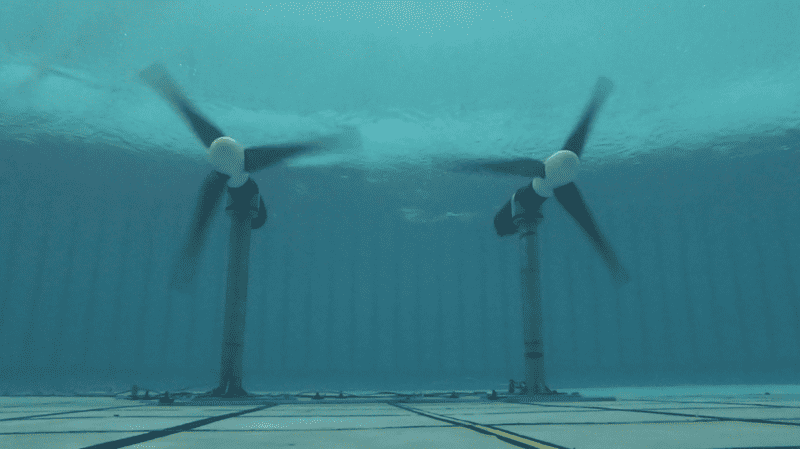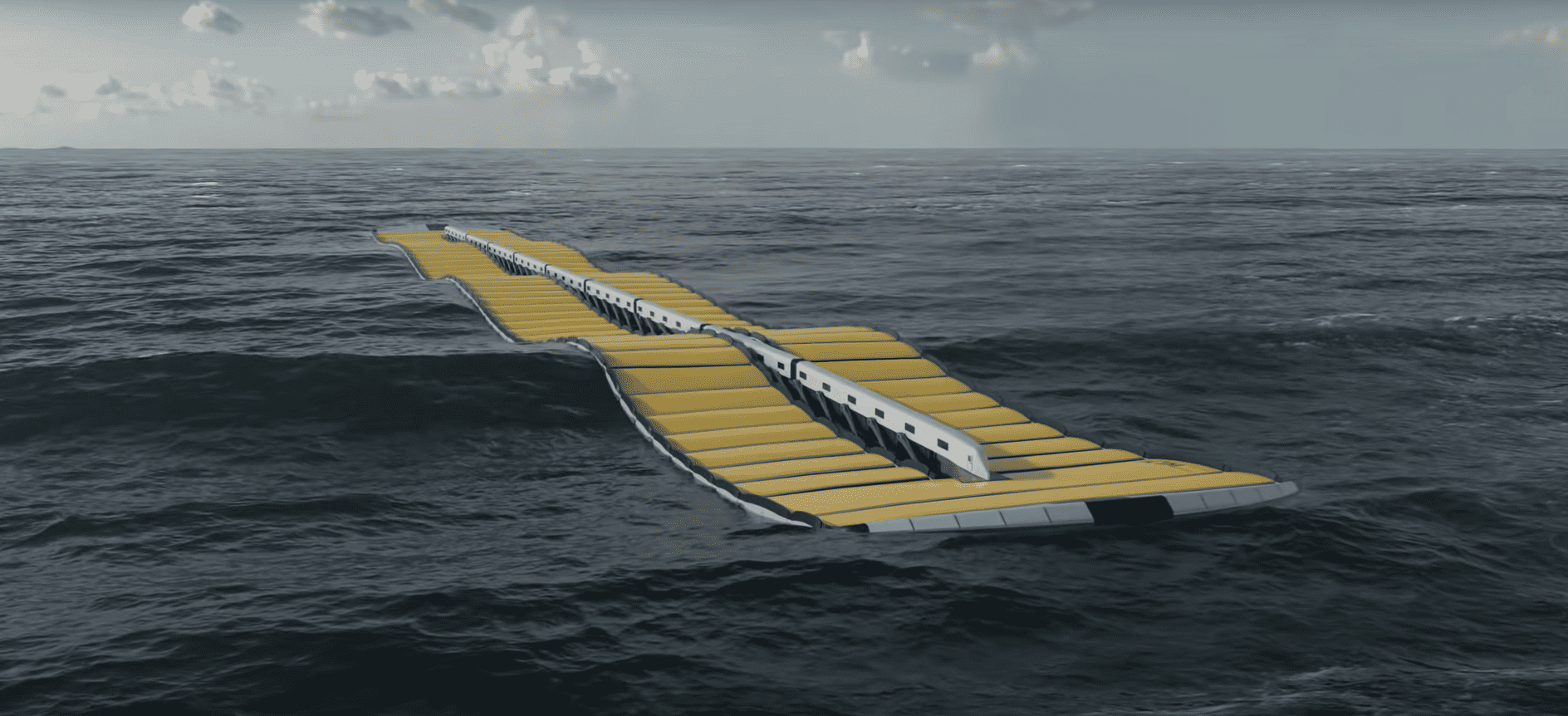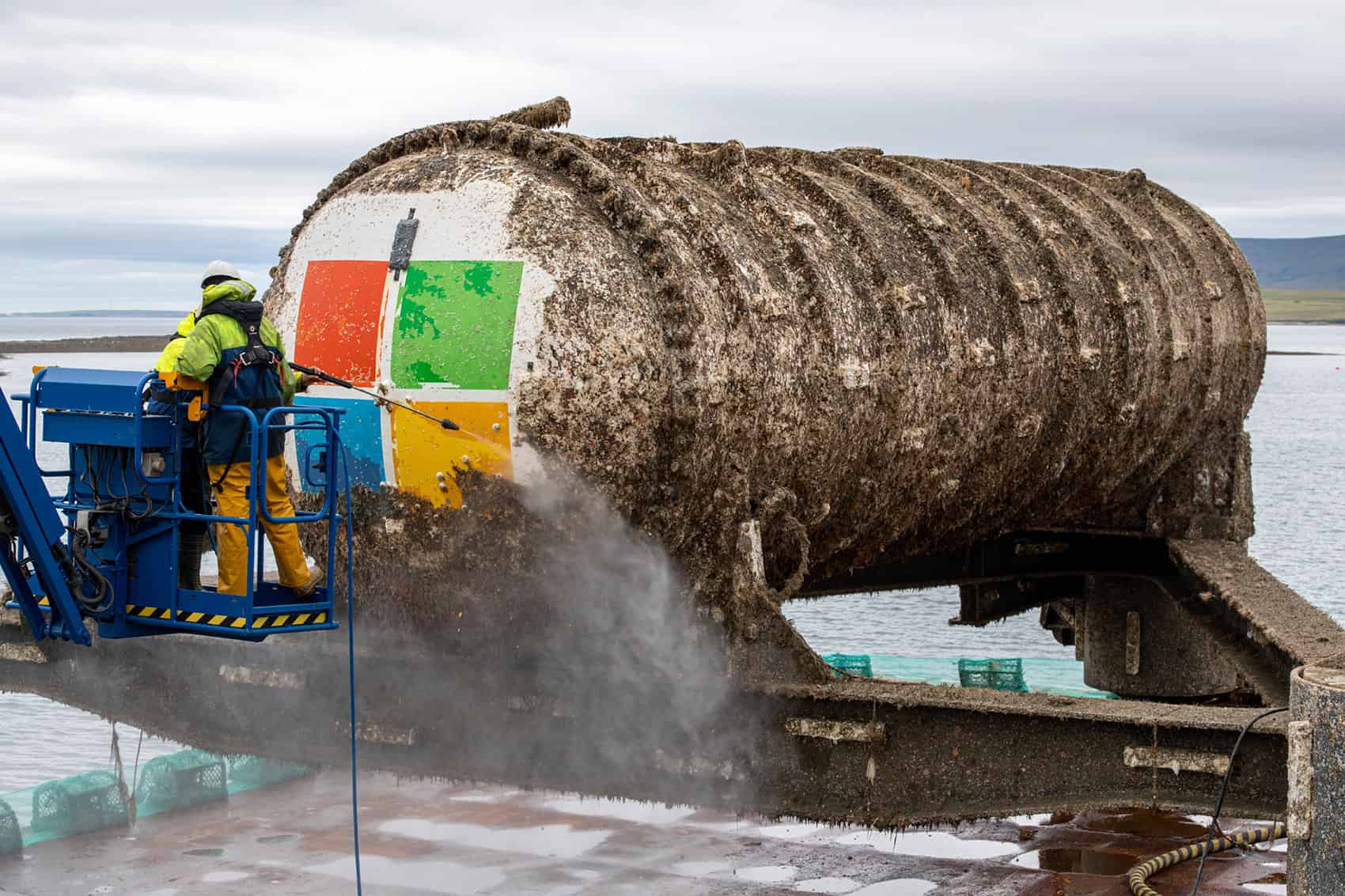
Revolutionising the renewable energy sector, projects like FASTBLADE and CoTide are leading the way in tidal power technology. FASTBLADE, a project backed by the European Union’s Horizon 2020 fund, simulates 20 years of underwater forces within three months to test tidal turbine blades’ durability. CoTide, a multi-university endeavour, aims to develop state-of-the-art tidal stream turbine systems, potentially generating over 6GW of power. The balance between tidal power and ocean current power is tipping as both forms of marine energy show promise in shaping the future of renewable energy.
- In the quest for green energy the oceans are a logical place to look
- tides and currents are very predictable, making for a potentially reliable energy source
- Oceans are also vast, intimidating and are home to a complex ecosystem
Tidal and ocean current energy
Tidal power and ocean current power, two emerging forms of marine energy, are the talk of the renewable energy sector. Tidal power, already in operation globally, takes advantage of the predictable ebb and flow of tides. By converting the kinetic energy of moving water through turbines, tidal power plants generate electricity. However, the geographical limitations and high upfront costs of tidal power infrastructure pose significant challenges to its widespread implementation.

On the other hand, ocean current power, a relatively nascent technology, harnesses the energy from ocean currents driven by wind, temperature, and salinity differences. With ocean currents flowing in a consistent direction and covering vast areas, ocean current power could potentially be more abundant and less location-specific than tidal power. However, the technological and logistical challenges of harnessing ocean current power, such as the harsh marine environment and transmission of electricity from offshore sites to the grid, are yet to be overcome.
Marine power: A continuous power source
A recent study confirmed the potential for uninterrupted power from tidal stream energy. The study evaluated the performance of combinations using different turbines at multiple sites. Results showed that multiple combinations provide firm capacity up to 2.61%, with relatively high global time-averaged capacity factors and low coefficients of variance.
These findings highlight the potential of tidal stream energy to provide continuous power production with acceptable capacity factor and coefficient of variance values.
Safeguarding marine life
The world’s largest tidal energy plant is underway in Scotland: The MeyGen project. In collaboration with the Scottish Association of Marine Science, Xi Engineering validated their models with underwater noise measurements. This data was used to generate spatial and temporal three-dimensional noise maps, offering a detailed depiction of the acoustic output from the turbines. The maps revealed that the operational noise produced by the turbines is below the threshold that could harm harbour seals.
Moreover, these noise maps demonstrated that seals could detect the presence of the turbines, allowing them to avoid contact. This pivotal finding greatly assuages concerns about direct physical harm to marine animals from the turbines. In a further effort to understand the impact of acoustic output on marine animals, these sound maps will be integrated with seal tracking data collected near the project site.
The revolution of tidal power technology
Projects like FASTBLADE and CoTide are making waves in the renewable energy sector by pioneering advances in tidal power technology. FASTBLADE, supported by the European Union’s Horizon 2020 fund, seeks to replicate under-sea conditions in a lab to test the durability of tidal turbine blades. The project uses a data-driven approach, employing data analysis and machine learning techniques to enhance the testing process and detect potential turbine failures swiftly.
CoTide, a collaborative project led by the University of Oxford and including teams from the universities of Edinburgh and Strathclyde, aims to develop state-of-the-art tidal stream turbine systems. These systems, cheaper to build and install than traditional tidal barrages and lagoons, could potentially generate over 6GW of power if fully developed across the UK.
The potential of tidal power in the UK
Several reports suggest that the UK could save billions of pounds by collaborating with European partners in the wave and tidal energy industry. An investment of £325 million in the tidal stream sector and £180 million in wave energy could significantly reduce overall development costs. With this investment, the UK could generate a total of 12 gigawatts of power, boosting the economy. By 2050, the wave and tidal stream industry could add between £11 billion and £41 billion of gross value to the UK’s economy.
Expanding the horizon of tidal energy
Tidal energy is an attractive renewable energy source due to its predictability, high efficiency, and minimal environmental impact. It harnesses the energy from the tides, largely influenced by the gravitational interplay between the Earth, Moon, and Sun.
However, the high initial and maintenance costs, limited optimal locations, and potential disruptions to aquatic life are significant challenges that need to be addressed.







